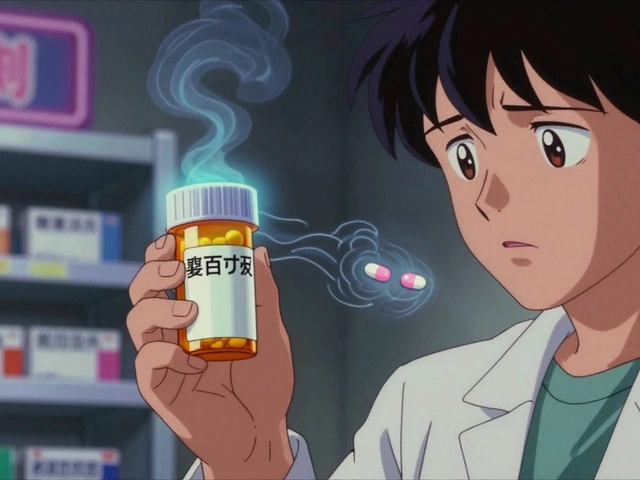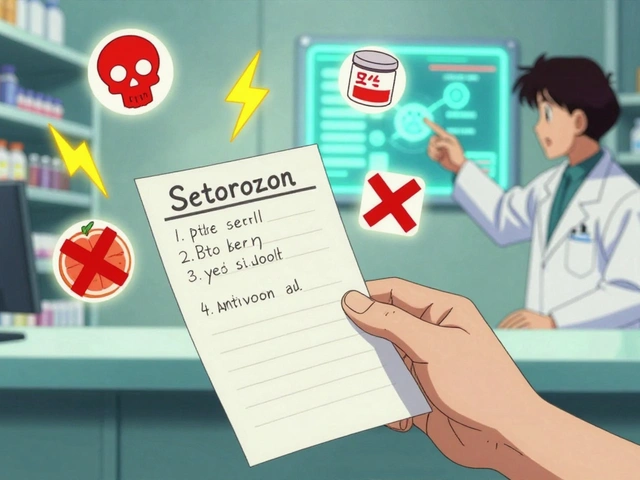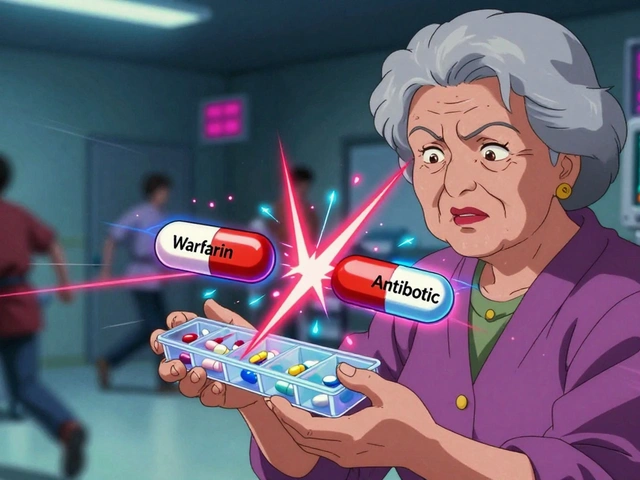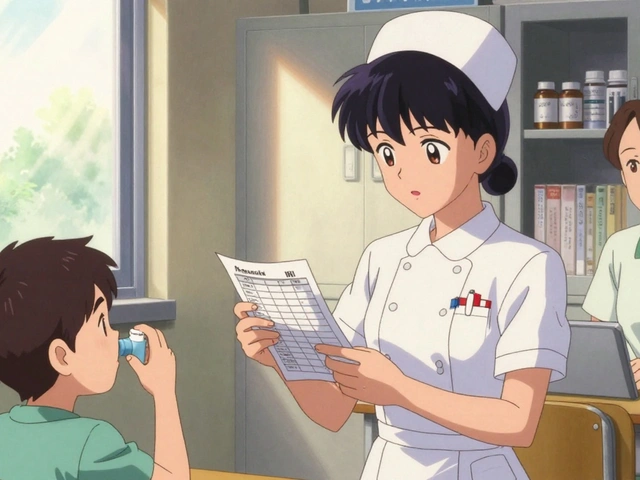Serotonin Syndrome: Causes, Symptoms, and What to Do If It Happens
When your body gets too much serotonin, a natural chemical that helps regulate mood, sleep, and digestion. Also known as serotonin toxicity, it’s not just a side effect—it’s a medical emergency that can sneak up when you’re mixing medications. This isn’t rare. It happens more often than you think, especially when people take more than one drug that boosts serotonin, like antidepressants, painkillers, or even certain herbal supplements.
Most cases start with something small—a headache, shivering, or restlessness—but they can turn dangerous fast. If you’re on an SSRI like sertraline or fluoxetine, and you add a migraine med like triptan, or even St. John’s wort, you’re stacking up serotonin. Your brain doesn’t know how to handle the flood. That’s when you get muscle rigidity, high fever, rapid heartbeat, or confusion. These aren’t just side effects—they’re warning signs that your system is overloaded. Doctors see this most often in people who’ve recently changed doses, started a new drug, or combined prescriptions without checking for interactions. Even over-the-counter cough syrups with dextromethorphan can trigger it if you’re already on an antidepressant.
It’s not just about antidepressants. Pain meds like tramadol, certain migraine treatments, and even some illegal drugs like MDMA can push serotonin too high. And it’s not always obvious who’s at risk—you might think you’re being careful, but if you’re taking more than one serotonin-affecting substance, you’re playing with fire. The good news? If caught early, it’s treatable. The bad news? It can kill you if ignored. That’s why knowing the signs matters more than ever, especially as more people use multiple medications for mental health, chronic pain, or sleep issues.
Below, you’ll find real-world guides on how these drugs interact, what to watch for, and how to avoid dangerous combinations. Whether you’re on an SSRI, managing anxiety, or just curious why your doctor asked about every supplement you take, this collection gives you the facts you need—no jargon, no fluff, just what keeps you safe.





